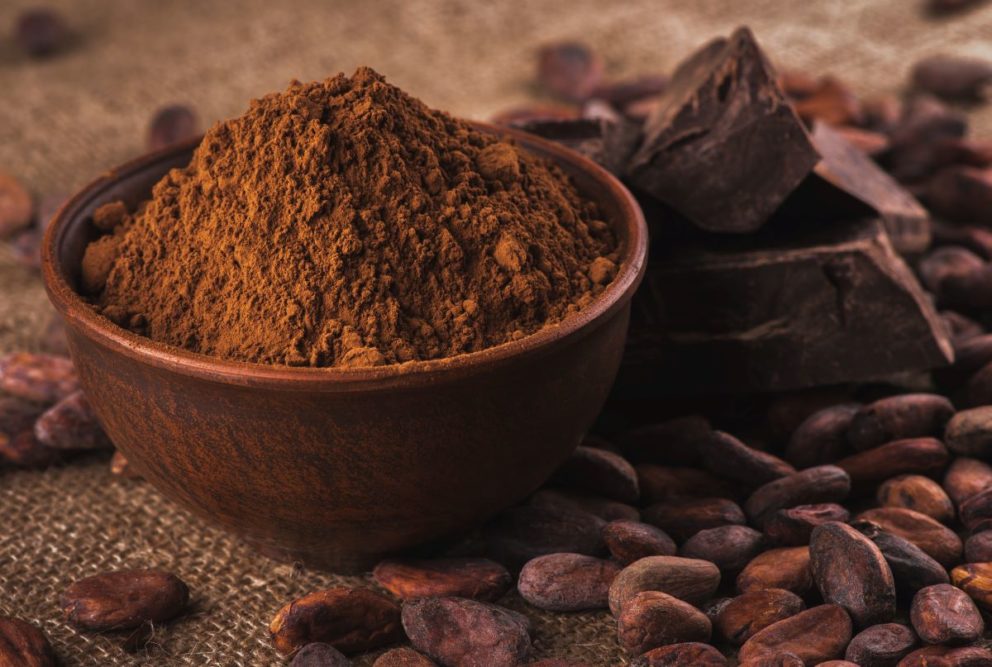DENVER — The chocolate industry is running more bitter than sweet as cocoa supplies tighten and prices soar, affecting both manufacturers of chocolate confectioneries and consumer pocketbooks.
Cocoa prices have jumped nearly 15% since the start of November and are approximately 65% higher than they were a year ago, according to a new research brief recently released by CoBank’s Knowledge Exchange. New York cocoa bean futures prices have consistently broached 46-year highs since September, and London ICE cocoa futures reached record highs in multiple consecutive sessions. These price surges in cocoa have trickled down to the retail level. Data from the US Department of Agriculture indicates the price of sweets overall is rising almost three times faster than the rate of broader inflation.
“The cocoa issues come at a particularly challenging time for manufacturers, considering the increase in sugar prices they’ve been coping with over the past three years,” said Billy Roberts, senior food and beverage economist for CoBank. “While sugar prices have recently retreated, cocoa futures prices remain near record levels and show little sign of any significant movement. That could lead to a further erosion of chocolate volume sales and begin to impact dollar sales as well.”
Cocoa prices have been rallying on expectations of lower supplies across the major cocoa producing regions in West Africa, which accounts for almost 70% of the world’s cocoa bean production. Following a recent survey of exporters, pod counters and regulatory officials, 2023-24 cocoa bean production in top producer Ivory Coast was forecast at 1.75 million tonnes, down 550,000 tonnes, or 24%, from 2.3 million tonnes in 2022-23. The International Cocoa Organization also noted some early concerns about 2024-25 crops in West Africa, which would have the potential to bring a fourth consecutive global deficit next season.
In addition to adverse weather, the rapid spread of swollen shoot disease has had a major impact on cocoa production in the region. Some industry sources believe the sharp decline may signal a structural change from cocoa beans to palm as there is no cure for the viral cocoa tree disease, and land can’t be replanted for five years after the infected trees are removed. Previously, farmers would move to new forested areas and replant trees, but recent environmental restrictions have prohibited this practice.
The latest barrage of geopolitical events also has underpinned cocoa prices. From higher freight rates stemming from Houthi terrorist attacks in the Red Sea to export disruptions in Ecuador, the world’s third-largest cocoa exporter, due to drug-related gang violence, there seems to be no shortage of peripheral events supporting cocoa prices.
While consumer demand for chocolate products is historically resilient, many in the industry are concerned the rising prices eventually will lead to demand destruction. CoBank said dollar sales of chocolate confections grew 6.4% year-over-year by mid-December 2023, mainly due to companies raising prices, but volume sales over the same period were down 5%. CoBank said there are many indications price hikes for chocolate confections likely will continue throughout 2024.





